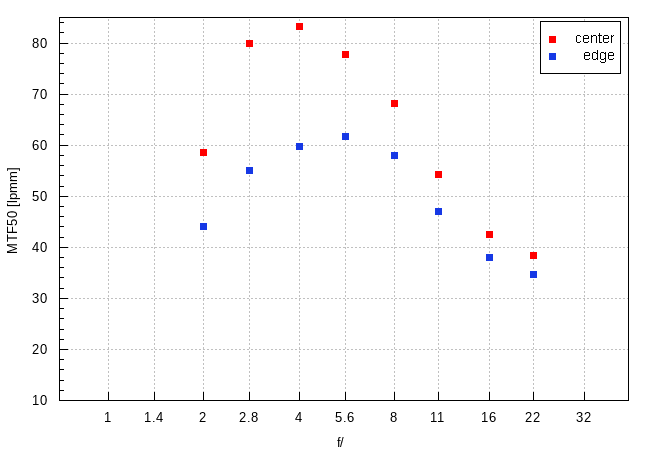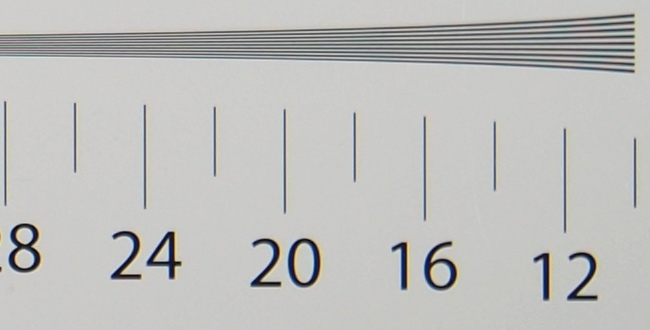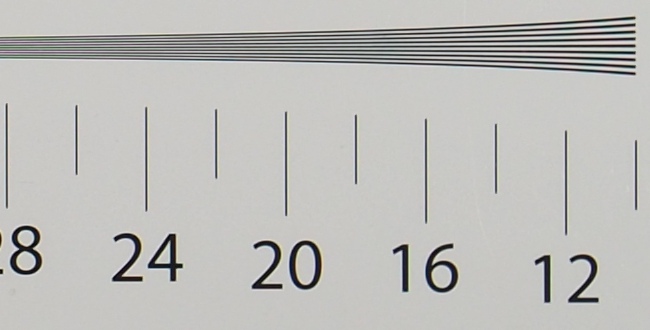Venus Optics LAOWA 6 mm f/2 Zero-D MFT
4. Image resolution
Let's see how the tested lens compares here – its results in the frame centre and on the edges presents a graph shown below.

Please Support UsIf you enjoy our reviews and articles, and you want us to continue our work please, support our website by donating through PayPal. The funds are going to be used for paying our editorial team, renting servers, and equipping our testing studio; only that way we will be able to continue providing you interesting content for free. |
- - - - - - - - - - - - - - - - - - - - - - - - - - - - - - - - - - - - - - - - - - - - - - - -
At the maximum relative aperture the image quality perhaps doesn't bowl you over but still it is well above the decency level so you shouldn't complain too much. Especially that the lens reacts well on stopping down so by f/2.8 it is able to brush against 80 lpmm and by f/4.0 it exceeds that value. It is an excellent performance, befitting a good prime lens.
We were very curious about the edge of the frame. The task this instrument faced was very difficult indeed; after all you deal here with a huge angle of view, good aperture fastness, and small physical dimensions. By f/2.0 the results are not so nice, landing below the decency level. Fortunately the situation improves already by f/2.8, where the resolution is able to reach almost 55 lpmm. In the range from f/4.0 to f/8.0 the values are around 60 lpmm.
Despite its small dimensions, the Venus Optics LAOWA 6 mm f/2 Zero-D MFT is able to generate sharp images across its huge field of view and in a very wide range of apertures, from f/2.8 to f/11. It would be difficult to expect something more from such a midget.
A surprisingly high result by f/22 is worth commenting too - it should have been much closer to 30 lpmm and currently it's practically the same as the resolution by f/16. In my opinion it's an effect of too few aperture blades and the parameters of the lens. After all, with the 6 mm focal length and f/22 aperture the exit pupil is just 0.27 mm wide so the lens can have a lot of problems with delivering precisely such a value with just five blades. Should it worry you? Not really. I don't think many photographers will come up with an idea of using f/22 in the Micro 4/3 system, as all the details in such a photo would be eaten up by diffraction.
At the end of this chapter we present crops taken from photos of our resolution testing charts, saved as JPEG files along RAW files that we used for the analysis above.
| Olympus E-M5 II, 6 mm, JPEG, f/2.0 |
 |
| Olympus E-M5 II, 6 mm, JPEG, f/4.0 |
 |






